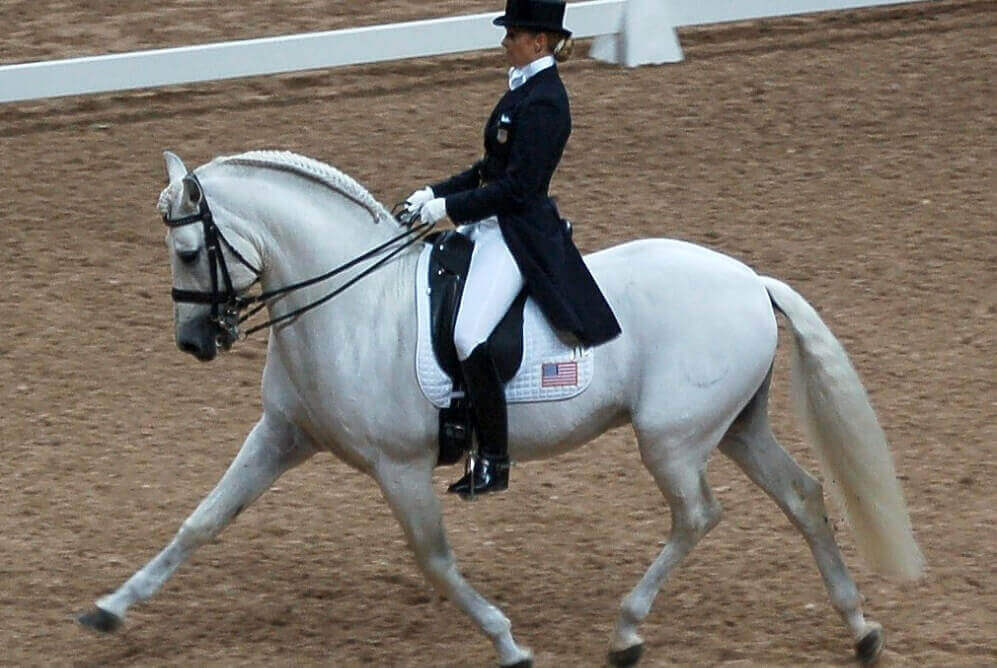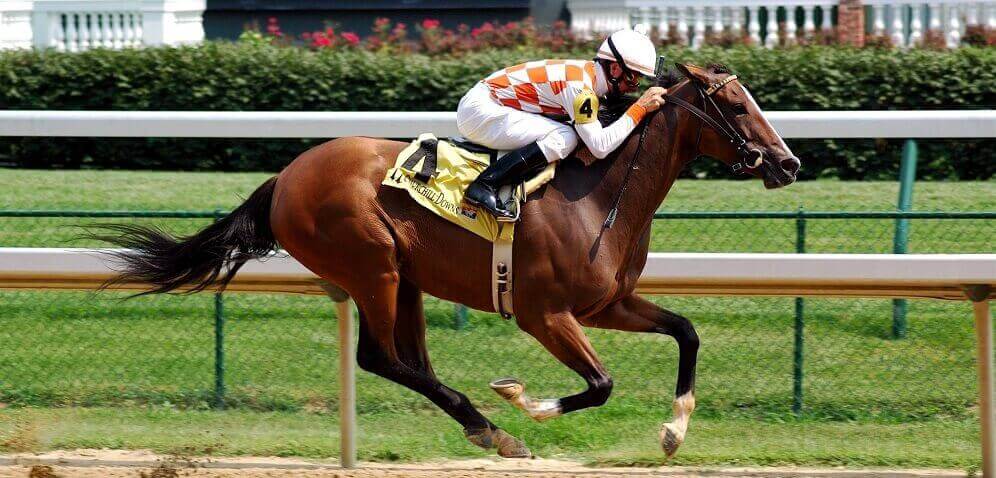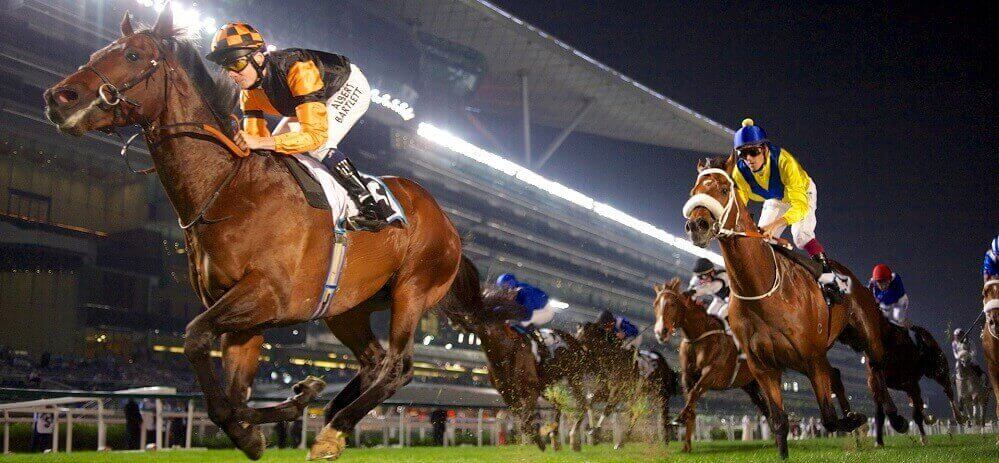There are specific rules that both professionals and beginners in horse riding must follow. First, this is an established contact with the horse, correct seating in the saddle, and relaxation. Horse horse riding requires long training and honing of skills.
There are several types of horseback riding:
- – dressage
- – show jumping
- – horse racing
- – vaulting

Dressage
Dressage indicates mastery of horse control at gaits (walk, trot). Its goal is the harmonious development of the horse.
Hippo show jumping
This type involves overcoming a certain number of obstacles and is also divided into several categories.
Horse racing
Several other types of horse racing exist, some of which will be discussed below. Each has specific rules.
Vaulting
Vaulting involves jockey riders performing various stands, stops, and other bales on a horse running in a circle.

Dzhigitovka
Dzhigitovka is a relatively ancient type of equestrian sport. It involves riding a horse at a certain speed. The rider’s task is to show his skill and talent and perform various spectacular tricks.
Types of Horse Racing
Horse racing occupies a special place among all types of equestrian competitions. This sport is quite conservative, preserving the basic rules and traditions unchanged. This kind of horse riding is rightfully considered the most sophisticated sport, which leaves few people indifferent. The sight of horses racing at wild speed is breathtaking. Let’s look at what types of horse racing there are.

In smooth racing, victory depends not on speed but on the right strategy. It is here that little depends on the speed qualities of the horse. The main thing is to distribute forces over the distance correctly. Not only purebreds but even half-breeds can participate in this type of racing. The primary condition is age over three years.
Horses with good jumping skills participate in hurdle racing. This type of racing aims to overcome unique barriers that can easily fall from a horse’s light touch.

Steeplechase is the most challenging race for both riders and horses. Various obstacles (ditches, walls, barriers) are placed over a long circular distance (2-4 km). The evaluation criterion is the horse’s endurance.




